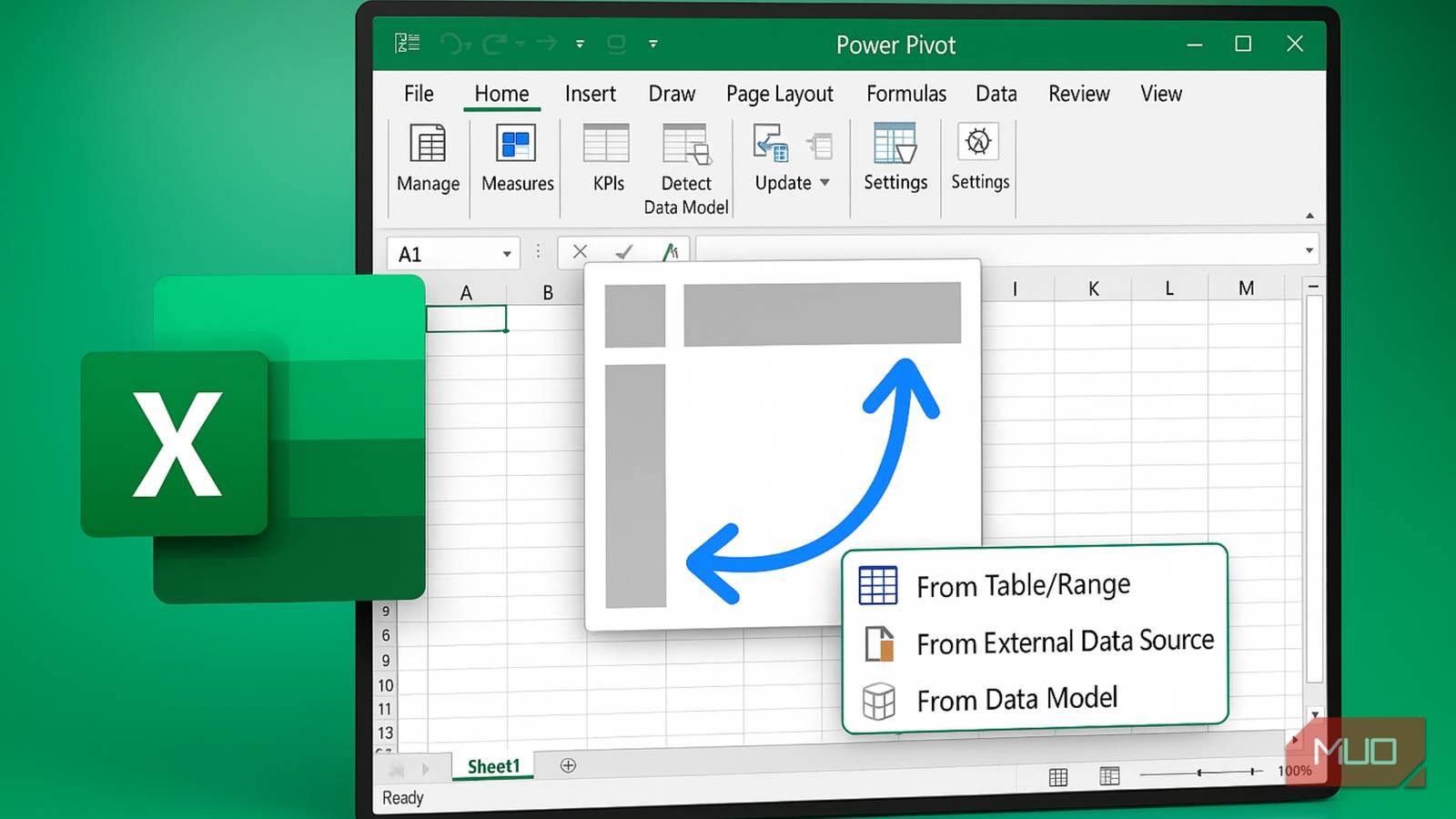Both LCD TVs and LED TVs have been on the market for many years. TV-size LCDs gained popularity in the mid-2000s, while LED TVs followed a few years later. The marketing departments for many companies, most notably Samsung, have blurred the meaning behind these names. Today, many LED TVs have names like QLED or mini-LED. OLED, on the other hand, is a different technology despite its similar name.
LCD TVs and LED TVs are based on the same technology. For the most part, all modern LCDs are LEDs and vice versa. However, the differences are interesting and worth investigating.
Read more: QLED vs. LED: Which Is Better?
The short version
All LED TVs are LCD TVs, but not all LCD TVs ever produced have been LED TVs.
Other names for LED LCD TVs:
TV tech that is not LCD:
The slightly short version (LCDs and LEDs unite!)
LCD stands for liquid crystal display. As the name suggests, this display technology is a thin film made up of millions of pixels in a grid. When electricity is supplied to these pixels, they twist to either block or let through light (illuminated by the backlight) and create an image.
Old LCDs used CCFLs, or cold cathode fluorescent lights, which were basically smaller versions of the long tubes found in office buildings and other corporate spaces. These CCFLs contained mercury, so most countries around the world banned them. However, many TV manufacturers had long switched to LEDs anyway.
LED stands for light-emitting diode. LEDs aren’t typically used to create an image (well, with one exception I’ll get to in a moment). Instead, they are a light-creation technology and have been used as the backlight in “LED TVs” for 20 years.
Basically, if you’re buying a TV today that’s not OLED, it’s an LCD TV with an LED backlight. It’s misleading to call it an “LED TV,” but thanks to years of marketing, that term has largely stuck.
The not-at-all-short version (LEDs all the way down)
On the bottom are LED LCDs from different companies. The top row are the same TVs with the LCD layer removed. You’re looking directly at the LED backlight. The TV on the right has more LEDs and greater control of them, resulting in a better looking image.
Not all LED LCD TVs are the same. The amount of LEDs, where they’re placed and how they’re addressed can vary widely.
At one extreme, the cheapest LED LCDs typically have a single row of a few LEDs along one side of the screen (often the bottom). These TVs aren’t very bright and have the worst overall picture quality of any TV type on the market today, though backlights with multiple dimming zones are becoming more prevalent among the best budget TVs.
Once the preserve of mid-level LED LCD TVs, “local dimming” models feature additional processing that controls the dimming of groups of LEDs. This lets the TV darken dark parts of an image beyond what the LCD itself can do. Imagine an image of the moon in a dark sky. The LEDs behind the sky would dim to appear darker, while the LEDs behind the moon would stay bright. How well this is accomplished varies greatly across brands and models.
At the other extreme are LED LCDs with many, many LEDs. Where a cheap LED LCD might have just a handful of LEDs, and a mid-range TV might have dozens or a few hundred, the top-of-the-line models use a slightly different technology and have thousands of LEDs. These get classified into a subtype of TV called mini-LED TVs which are a step up from QLED TVs and perform nearly as well as OLED TVs.
Mini-LED TVs have some of the best picture quality on the market today, second only to OLED, and can produce extremely bright images. While more expensive than other LED LCD types, they’re also usually cheaper than OLED at the same size.
Somewhere in between regular LED TVs and mini-LEDs are the so-called QLED TVs, a marketing term popularized by Samsung but used by several companies. These are LED TVs that also use quantum dots for better brightness and color. For more about why that matters, check out LED vs. QLED and QLED vs. OLED.
Lastly, there are actual “LED TVs” that consist of no LCD at all. You’re looking directly at several million LEDs, which are directly creating the image (each pixel is an LED). These are called microLED TVs and are often wall-sized and extremely expensive. Recently, a few companies have been making TV-sized models, but they’re still very expensive. For the near future, microLED will likely be just projector replacement tech for the very rich.
Also read: Best TVs of 2025
Which is better: LED or LCD?
Broadly speaking, LED LCDs are better than regular LCDs, but most LCD TVs are now actually LED TVs. Within the “LED TV” category, there’s almost infinite variation in price and performance. Check out our picks for the Best TVs for ideas on where to start. Though spoiler alert, many of our top picks are a different technology entirely: OLED.
In addition to covering display tech, Geoff does photo essays about cool museums and other stuff, including nuclear submarines, aircraft carriers and 10,000-mile road trips.
Also, check out Budget Travel for Dummies, his travel book and his bestselling sci-fi novel about city-size submarines. You can follow him on Instagram and YouTube.







